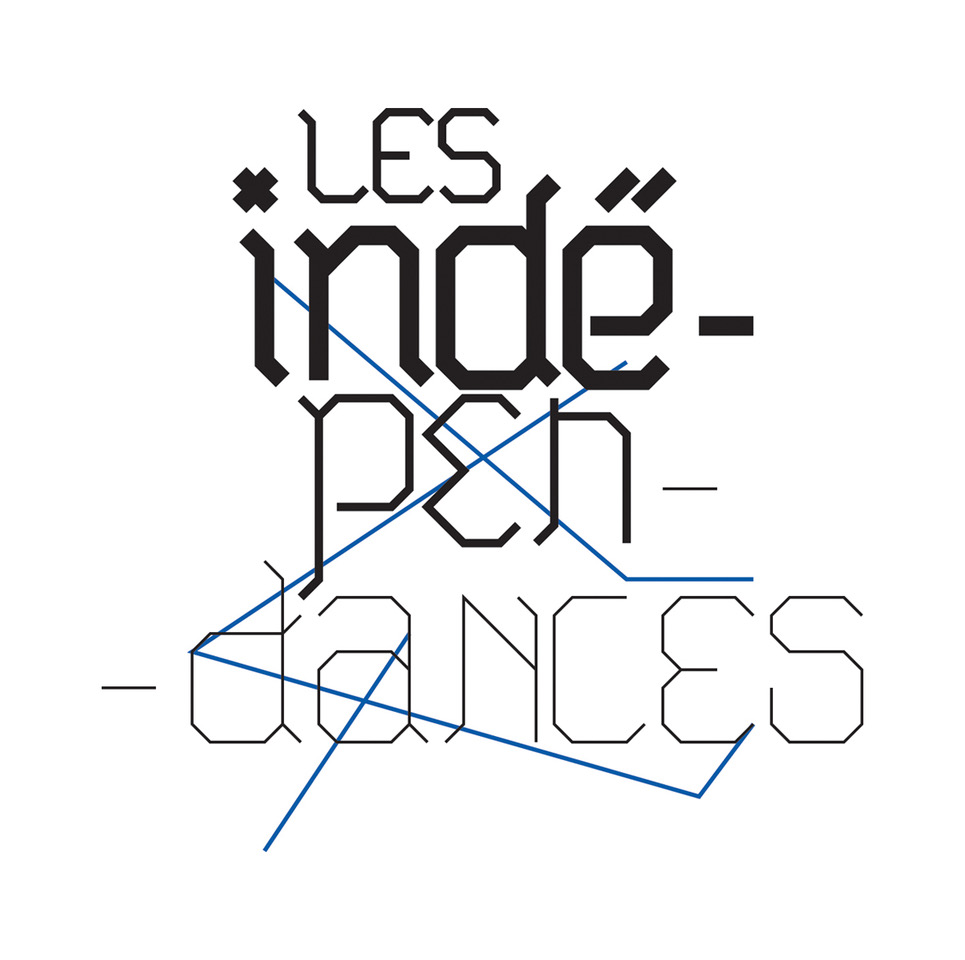
Reconstitution : Le procès de Bobigny
John Corporation
Creation 2019 / Revival 2024 (Updated Version)
Reconstitution: The Bobigny Trial was created on October 10, 2019, at T2G – Théâtre de Gennevilliers as part of the Festival d’Automne in Paris. The play was also the laureate of the 2019 call for projects from the group of 20 theaters in Île-de-France.
In 2024, the play is part of the selection for the first edition of the Transforme festival by the Hermès Foundation and resumes its tour. For this revival, Emilie Rousset and Maya Boquet are writing an updated version, incorporating the constitutionalization of abortion rights in France, the setback of these rights in Poland, and the developments of the Family Planning.
In an original arrangement, Emilie Rousset stages testimonies and archives from a crucial event in the progress of women’s rights. Walking among 15 performers, each spectator builds his or her own path of reflection on the subject and its current ramifications, but also on the very process of what is (or should be) a performance.
With Reconstitution: The Bobigny Trial, Emilie Rousset and Maya Boquet take up a historical event: the trial, held on November 8, 1972, of Marie-Claire Chevalier and her mother for the abortion of the young girl following a rape. Crucial moment in the advancement of women’s rights, this trial led by the famous lawyer Gisèle Halimi crystallized the feminist reflections and struggles of the time, with contributions from Simone de Beauvoir, Nobel Prize-winning doctors, Delphine Seyrig and Michel Rocard. From the transcript of the trial, extended by contemporary testimonies, Emilie Rousset and Maya Boquet question both the status of the archive and the current resonance of the themes addressed.
The original arrangement of Reconstitution deconstructs the theatrical aspect of the trial. Each spectator is led to choose and lead his or her own path of appropriation and understanding, navigating between 15 performers as many testimonies in direct address. In their interstices, a place is left for reflection and exchange. By offering to the spectators the possibility of a perspective, the piece questions the very notion of reconstitution and the gap between an event, the documents produced and their representation.


